Imagine telling Michelangelo that one day, his David would be famous in Florence and worldwide, thanks to the Internet. Crazy, right? Yet, here we are in an era where artists can showcase their work globally at the click of a button. But, with great power comes great responsibility—and a bit of confusion. Digital marketing can feel like painting a masterpiece with your eyes closed. That’s where we step in. This article, brought to you by Plerdy, aims to demystify digital marketing for artists. We’ll provide clear, actionable strategies to help you share your art with the world without feeling overwhelmed. Let’s dive in.
Setting Clear Artistic Goals
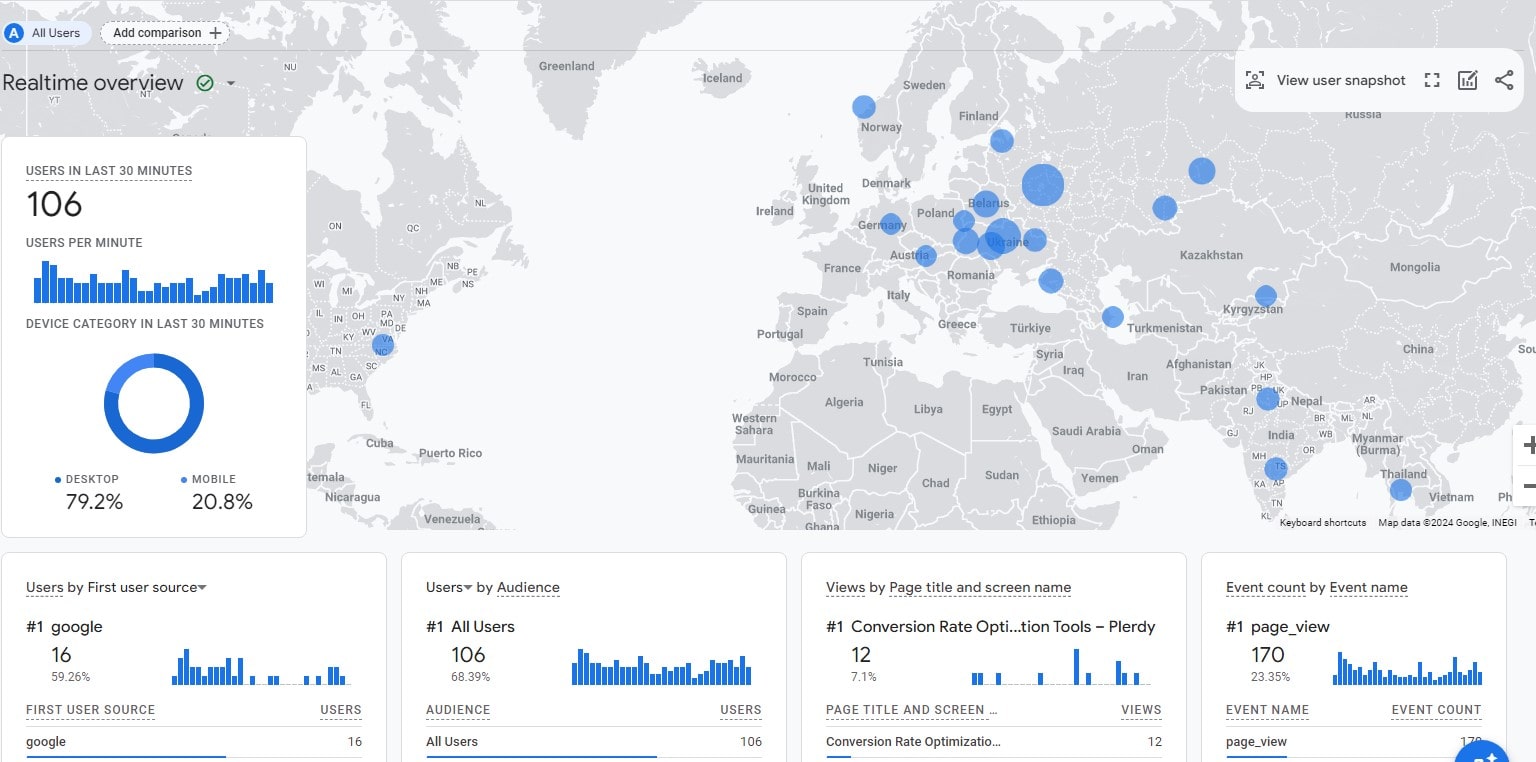
Setting clear artistic goals is like sketching your masterpiece’s outline before you paint your first stroke or mold your first sculpture. It’s about knowing what you want to create and understanding how you want the world to see and interact with your art. This clarity is your North Star, guiding every marketing move you make.
Understanding Your Objectives
Start with the big question: “What do I want to achieve with my art?” Your objectives range from selling your artwork to establishing yourself as a thought leader in a specific art niche. It’s crucial to pinpoint these goals early on because they will dictate your marketing strategies. For instance, focusing on online sales channels and e-commerce strategies will be key to selling art. Conversely, building a strong portfolio and engaging with gallery owners through social media might be your best bet if you’re looking to get your work exhibited in galleries. The Art Business Institute offers further insights into defining and achieving these objectives.
Identifying Your Target Audience
Who are you creating for? Identifying your target audience is as critical as setting your objectives. If your art speaks to the urban youth, your marketing efforts should reflect their interests and habits, possibly focusing on platforms like Instagram or TikTok. On the other hand, if your audience is more inclined toward traditional art collectors, platforms like LinkedIn or a well-curated email newsletter might be more effective. Understanding your audience goes beyond demographics; it’s about tapping into their lifestyles, preferences, and the channels they frequent. This deep dive into audience analysis helps tailor your marketing content and ensures it resonates with the right people, maximizing engagement and response. For more on identifying and understanding your target audience, the Digital Marketing Institute provides comprehensive guides.
Always remember to set artistic goals and understand your audience. These steps involve making your art marketing-ready and aligning your creative passion with strategic thinking to ensure your art finds its audience. As you refine your objectives and get to know your audience better, you’ll find your marketing efforts becoming more effective and your art reaching more people’s hearts. Clarity and strategy are your best tools for success in art.
Leveraging Your Website in Artist Digital Marketing
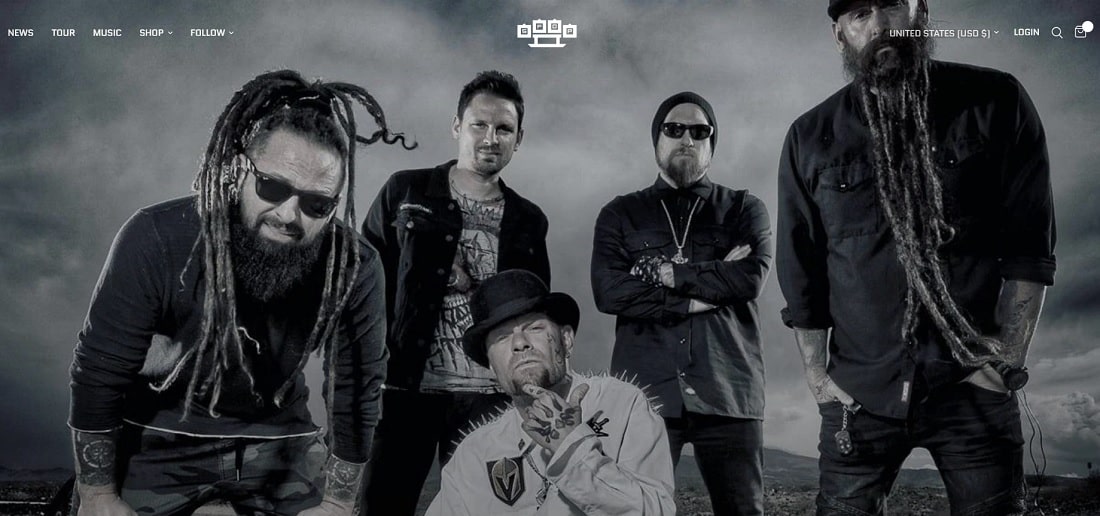
In the contemporary digital landscape, possessing a website is equivalent to owning a gallery on the most bustling street globally. It serves as the digital home for your art, opening your creative expressions to an international audience. However, more than merely having a website is required. It’s crucial to harness this digital realm to exhibit your artwork, forge connections with your audience, and, ultimately, fulfill your artistic aspirations through strategic marketing.
Crafting Your Digital Artist Portfolio
Your website must mirror your art’s uniqueness, allure, and visual appeal. The first step is to choose a platform that aligns with your needs and technical prowess. Squarespace, Weebly, and Wix are renowned for their user-friendly interfaces and aesthetically pleasing templates, making them ideal for artists diving into digital marketing. The design of your website should accentuate your artwork, ensuring that your portfolio takes precedence with high-resolution images of your pieces. It should offer seamless navigation, allowing visitors to easily explore and appreciate your art. For guidance on creating engaging websites, Adobe’s blog provides insightful tips and practices tailored for artists in digital marketing.
Optimizing Artist Websites with SEO and Analytics
Integrating Search Engine Optimization (SEO) is essential to maximize your website’s discoverability. Incorporating art-related keywords, such as your techniques, genres, or subjects, into your site’s text can significantly enhance your online visibility. Utilizing tools like Google Analytics is instrumental in tracking your site’s traffic and engagement, offering a deep dive into your audience’s preferences and behaviors. This insight is crucial for artist digital marketing, allowing for the refinement of strategies to better connect with and expand your audience. Moz’s beginner’s SEO advice helps artists improve their website’s rating.
Your website transcends being merely a digital showcase; it embodies a vital conduit for engaging with enthusiasts and marketing your art. By emphasizing a design that reflects your artistic identity and leveraging SEO for greater exposure, your website can evolve into an influential platform that amplifies your digital marketing efforts. In digital marketing, an artist’s website is their paramount asset—transform it into a resonant and visible beacon for your art.
Social Media Mastery in Artist Digital Marketing
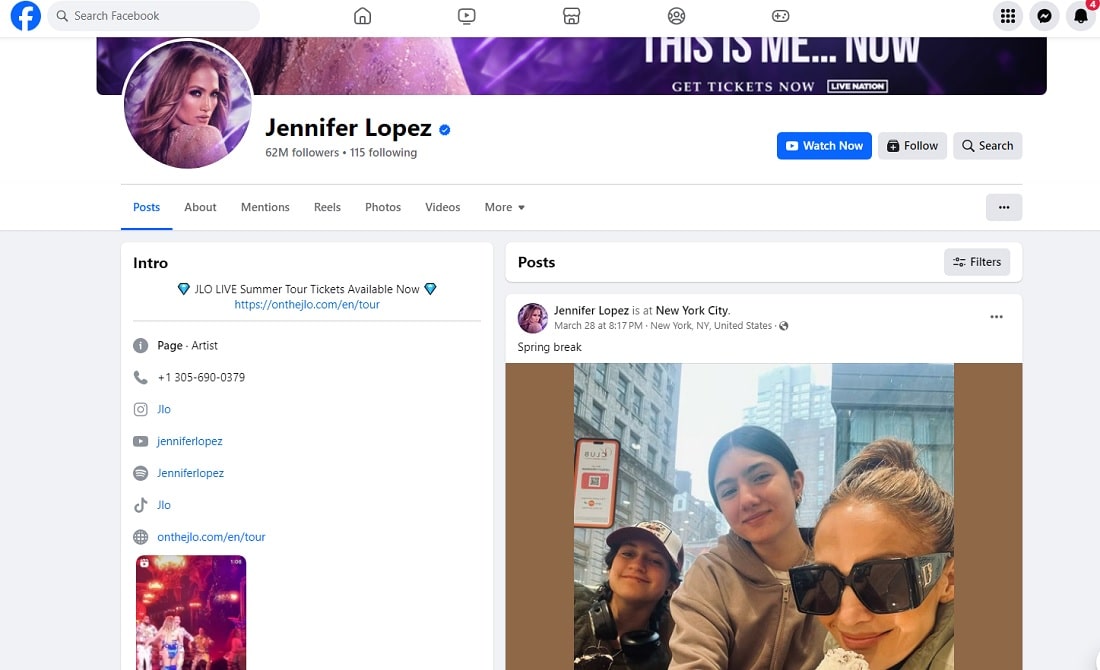
Mastering social media is like painting on an endless canvas in artist digital marketing. Each platform presents distinct tools and palettes (features and audiences), and adeptly navigating them can significantly enhance your digital footprint. For artists, engaging with social media transcends mere exhibition of works; it involves weaving a compelling narrative around your art that captivates and expands your following.
Selecting Optimal Platforms for Artist Marketing
The digital landscape is vast, and only some social media platforms suit artists’ needs equally. Celebrated for its visual focus, Instagram stands as an ideal art showcase. Twitter offers a platform for lively discussions within the art community and networking with peers and galleries. Facebook enables the creation of comprehensive profiles and event organization, whereas Pinterest can funnel traffic to your website via image sharing. The choice of platform should align with your audience’s preferences and content consumption habits. Insights into demographic trends on different platforms can be gleaned from research conducted by the Pew Research Center, aiding in informed platform selection for artists in digital marketing.
Content Strategy and Planning in Digital Artist Marketing
In the sphere of social media, consistency is paramount. Regular updates keep your audience engaged and strengthen your web presence. Preparing content ahead of time and employing scheduling tools like Hootsuite or Buffer streamlines this process. Yet, the essence lies in the quality and pertinence of your content. Sharing insights into your artistic journey, posting high-caliber images of your creations, and interacting with your community through comments and stories are pivotal. Adapting your content to leverage each platform’s unique capabilities and user preferences can amplify your reach. For instance, Instagram may favor time-lapse videos of your art creation, while LinkedIn could be more conducive to in-depth discussions about your artistic methodologies. HubSpot provides invaluable guidance on devising a content calendar that complements your artist marketing strategy on social media.
Excelling in social media within the artist’s digital marketing domain entails more than periodic art postings. It’s about actively engaging with your audience and harnessing the distinctive attributes of each platform to bolster your online visibility. By judiciously selecting platforms and prioritizing consistent, impactful content, you can elevate your digital persona and connect with a broader audience. Social media is a powerful medium to broadcast your artistic voice; wield it thoughtfully to project your vision onto the global stage.
Email Marketing and Direct Engagement
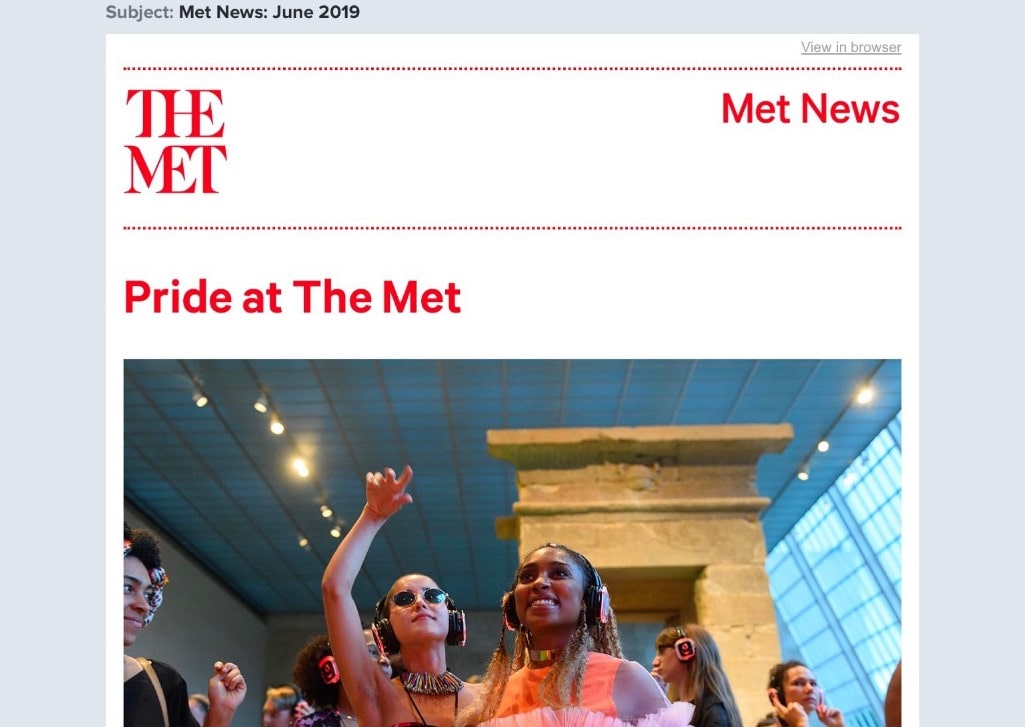
In the digital age, where social media noise is loud, email marketing offers a quiet room for intimate conversations with your audience. It’s a space where your art can be discussed, appreciated, and purchased directly from the inbox to the gallery wall. This direct line to your audience is not just about sales; it’s about building lasting relationships that fuel the artistic journey.
Building Your Email List
Effective email marketing starts with a list of people interested in your work. This is about more than collecting as many emails as possible but gathering a community of enthusiasts who resonate with your art. Start by offering something of value in exchange for their email—perhaps an exclusive look at your new collection, a discount on their first purchase, or insightful tips about your art technique. Make sure your website and social media platforms have easily accessible sign-up forms. Mailchimp and Constant Contact can maintain your list and ensure compliance with privacy. For more on building an effective email list, Campaign Monitor offers comprehensive guides and best practices.
Crafting Engaging Emails
Once you have an audience, the challenge is to keep them engaged. This is where the art of storytelling comes into play. Your emails should tell the story of your work: the inspiration behind your latest piece, the challenges you faced in its creation, or the success of your recent exhibition. Include high-quality images of your artwork and personal anecdotes that invite readers into your world. Personalization goes a long way; use your subscriber’s name and segment your list to tailor your messages to different groups within your audience. Tools like HubSpot offer automation services that can help personalize your emails at scale.
Email marketing and direct engagement are powerful tools in the artist’s digital marketing arsenal. They allow for a deeper connection with your audience beyond the fleeting interactions of social media. Building a good email list and sending interesting, tailored messages can help you build a dedicated fanbase that supports your creativity. Lasting connections are most meaningful in art.
Analytics and Feedback in Artist Digital Marketing
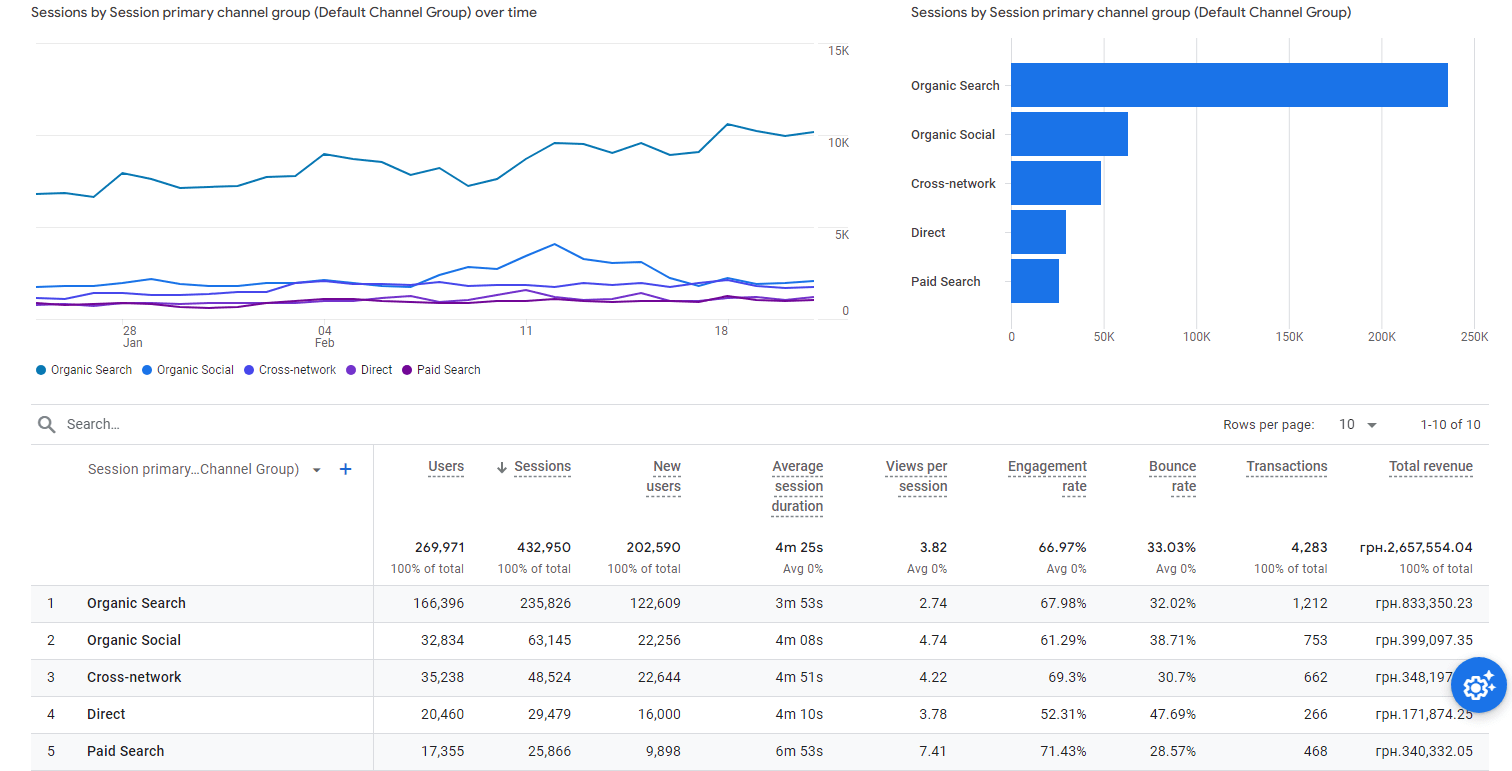
In artist digital marketing, feedback and analytics serve as the canvas and palette essential for crafting your online promotional opus. They yield critical insights into the preferences and behaviors of your audience, enabling you to hone your marketing strategy and forge stronger connections with your followers. Much like an artist introspects to mature their creative expression, leveraging analytics and feedback facilitates your evolution within the digital domain.
Deciphering Analytics for Artists
Analytics provide a window into how your audience engages with your digital presence. Your website and social media data show popular artwork, posting times, and traffic sources. Google Analytics emerges as a formidable instrument, offering a granular view of site visits, pathways of discovery, and visitor actions. Artists must analyze this information to refine their digital marketing endeavors regularly. Google’s support resources offer a primer on navigating Google Analytics, equipping artists with the knowledge to leverage this tool effectively.
Integrating Feedback into Digital Marketing for Artists
Whether harvested from social media interactions, email communications, or direct inquiries, feedback is a treasure trove of insight. It directly reveals what your audience thinks and feels about your art. By actively soliciting opinions and expressing gratitude for audience engagement, artists understand viewer preferences and cultivate a community centered around their work. Utilizing platforms like SurveyMonkey or Google Forms allows for the efficient collection and analysis of feedback on a broader scale. For crafting impactful surveys, SurveyMonkey’s blog provides actionable tips and guides artists in gathering meaningful feedback.
Mastering analytics and feedback is paramount for artists aspiring to amplify their digital footprint. These instruments afford a deeper glimpse beyond mere viewership numbers, illuminating the interactions and perceptions surrounding your art. Through diligent analysis and proactive feedback engagement, artists are empowered to make data-informed decisions that resonate with their audience. In today’s digital marketing landscape, embracing data and dialogue is indispensable for artists seeking to advance their digital presence and careers.
Conclusion
In the vast gallery of the digital world, your art deserves a spotlight. You can illuminate your work for the global audience through clear goals, a captivating website, social media savviness, direct email engagement, and the insightful use of analytics and feedback. The digital landscape is ever-evolving, and so should your strategies. Stay curious, experiment, and never stop learning. For more insights and strategies to enhance your digital presence, dive into the wealth of articles available on Plerdy’s blog. Each post is a brushstroke in your journey to digital mastery. Interested in elevating your online strategy even further? Explore Plerdy’s tools to optimize your artist’s website’s user experience and conversion rates. Your next masterpiece in digital marketing awaits.
